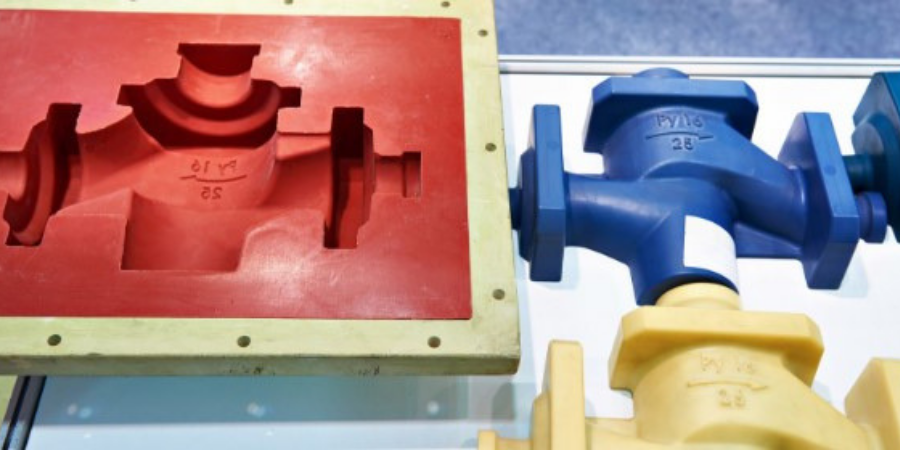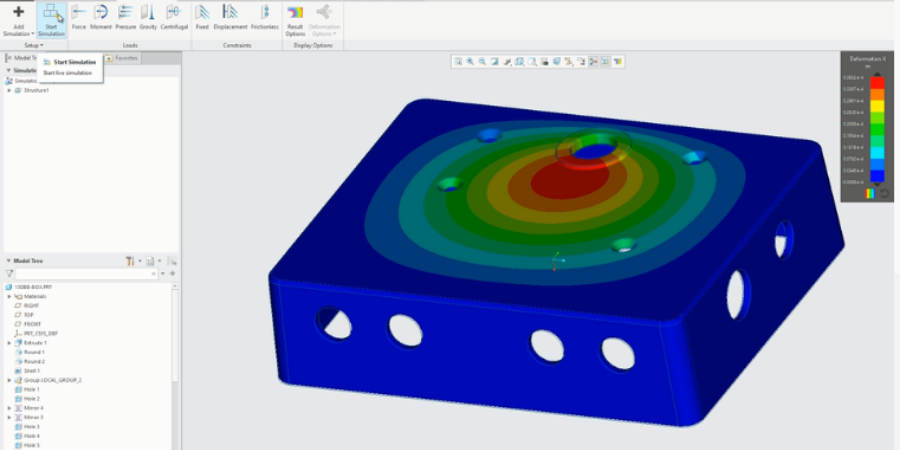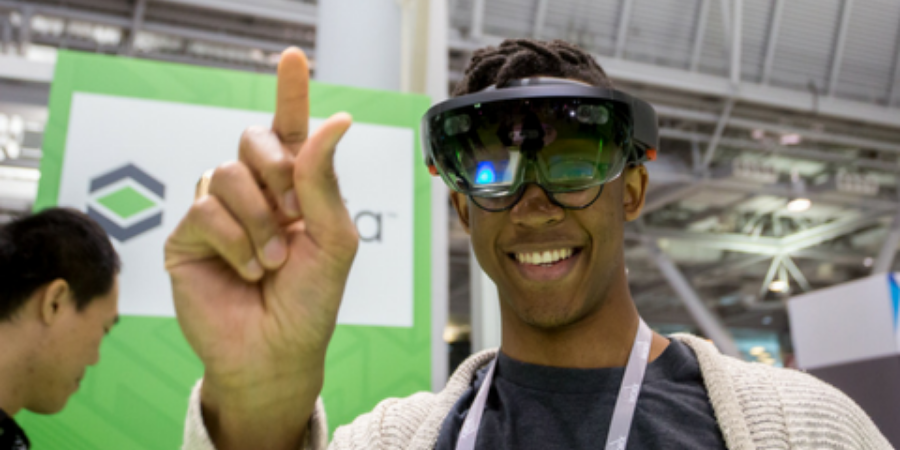3D CAD modeling turns 50 years old in 2019; it’s sure come a long way. But CAD is about so much more than design and drafting: it enables true product engineering.
Let’s look at some of the ways that 3D CAD modeling benefits mechanical engineers today.
Engineering Calculations
Math makes the difference between design and engineering. We can now write equations in our models so that dimensions can be driven by other dimensions and parameters. If the model ever changes, these relations update automatically, ensuring that the product always meets our design intent.
Our CAD models can send dimensions and parameters to engineering calculation software included with the CAD software, which then performs functions, programs, and solving operations on those values. The engineering calculation software then sends those values back to CAD to drive model geometry. We’re building real engineering knowledge into models.
Design for Manufacturability (DfM)
The first time I designed a part in industry, my boss sat me down. “Dave, this part meets all the functional requirements, and you’ve come up with an interesting solution. The problem is, we can’t manufacture this.” It was an eye-opening moment.
Fortunately, CAD software now comes with manufacturing options. Design engineers can set up machining models to see if their designs require too many setups, use incorrect tooling, include unnecessary operations, or otherwise prohibit the part from being made.
CAD software can also examine model linear and geometric tolerances to determine how those values will impact yield. We can determine what percentage of components will meet inspection requirements and see how changes to tolerances affect quality.

Injection molding processes can be simulated from within CAD software before any machinery is set up or molds are created.
Optimization
You gain a competitive advantage when your products are optimized for their function and perform better than those of your competitors. You often want them to be as light as possible and strong as necessary. Humans are really good at finding solutions that meet requirements, but computers can iterate rapidly to find the best possible design. Here are a few examples:
Behavioral modeling enables us to create features that perform measurements. We can then create studies in our models to drive those measurements to desired values by modifying model dimensions as well as maximize or minimize a goal. Changes to model geometry automatically recalculate our measurements and studies, ensuring our designs simultaneously meet requirements and are optimized.
Simulation analysis enables both validation and optimization of our designs. For given loads and constraints, we can characterize what the model experiences in terms of stress, displacement, temperature, modal frequencies, cycles to failure, and other quantities. Then we can calculate the best values for model dimensions for those load cases.
As examples, Creo Simulate is built into the Creo Parametric platform, eliminating the need to export models. Creo Simulation Live is integrated directly into the modeling environment, allowing analysis to be performed simultaneously with design.
Generative design technologies, including topology optimization, find the geometry shape that meets specified requirements for its operating environment, using the least amount of material. They're perfectly suited for 3D printing applications, but can also suggest the most ingenious design for traditionally manufactured parts.
Between behavioral modeling, simulation analysis, and generative design, today’s engineers have multiple tools for creating the best possible products.

Real-time simulation helps mechanical engineers instantly see how stress and other characteristics of a model will respond when the design changes.
Augmented Reality
Today’s engineer can quickly publish designs to augmented reality (AR) servers, and within minutes view their models overlaid onto the real world via tablets and headsets. This power to visualize products in their potential operating environments provides unprecedented insight into how customers will respond to and interact with them.
AR can also be used to conduct design reviews, plan manufacturing, and support technicians during builds. This kind of product insight with real-world superposition and supplemental information has never been available to production before, and we’re just beginning to understand the potential.

AR makes models more portable than ever. With just a link, mechanical engineers and stakeholders can launch a 3D model on mixed reality headsets, like Microsoft’s HoloLens.
Conclusion
CAD software no longer simply replaces the drafting boards of yesterday. These advances have evolved 3D CAD from simply defining geometry to creating smart models. CAD software partners with engineers to perform more and deeper design tasks that they couldn’t otherwise achieve.





